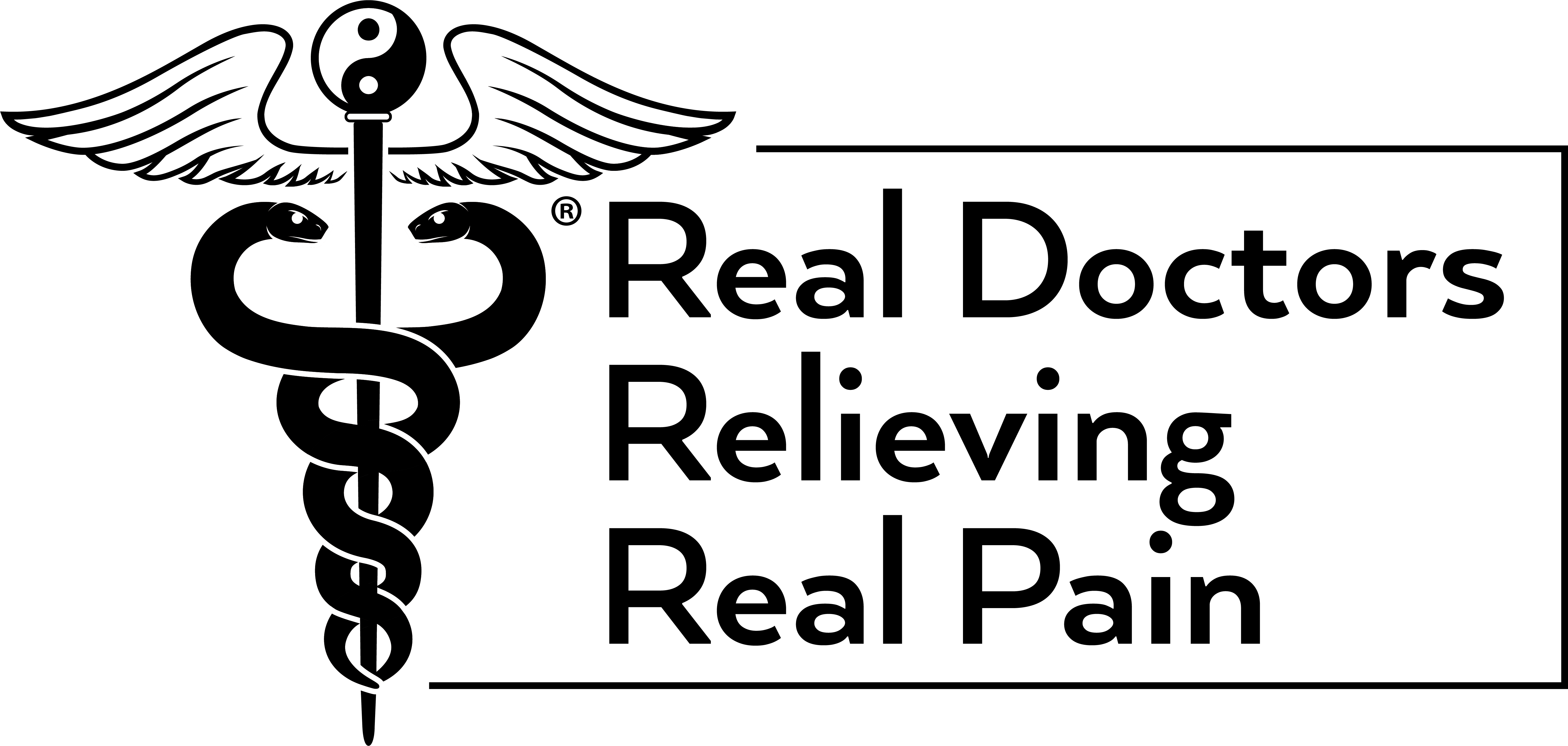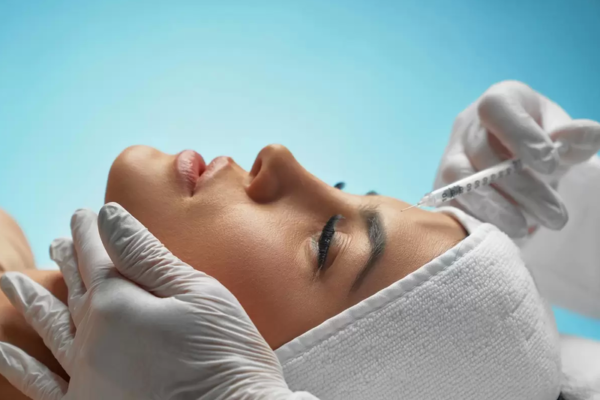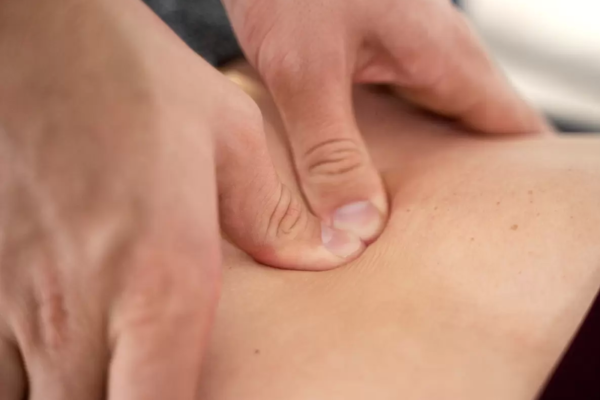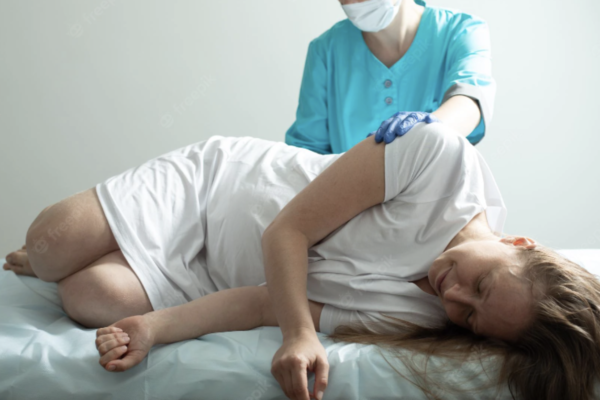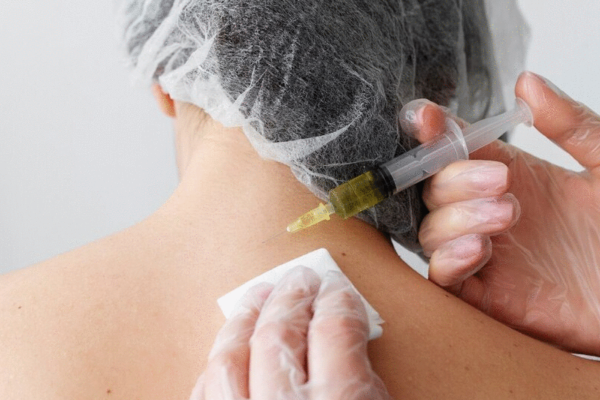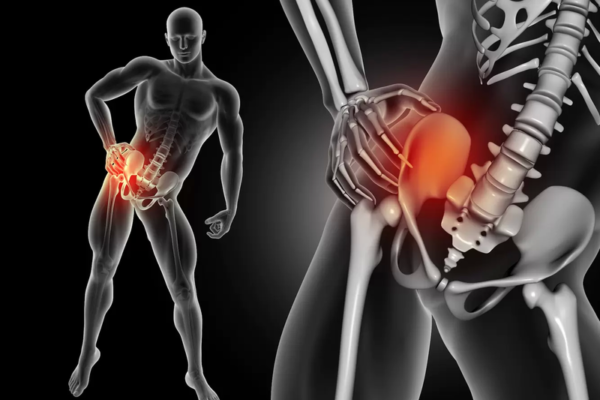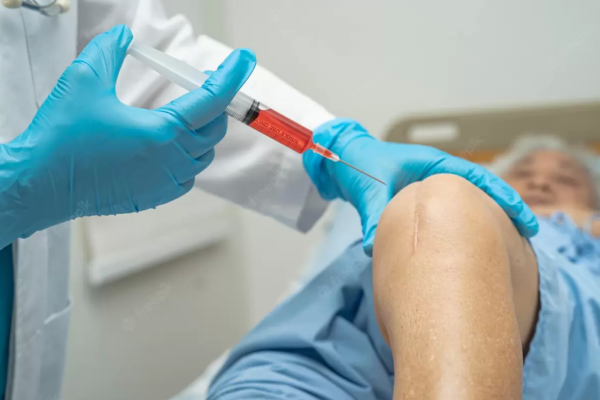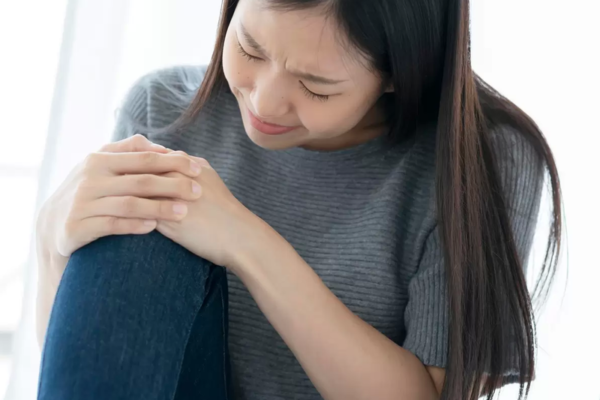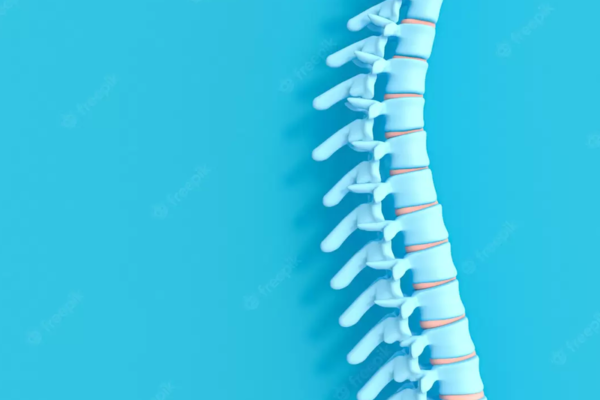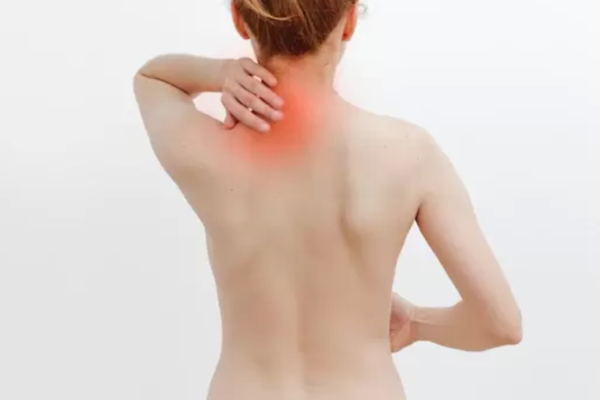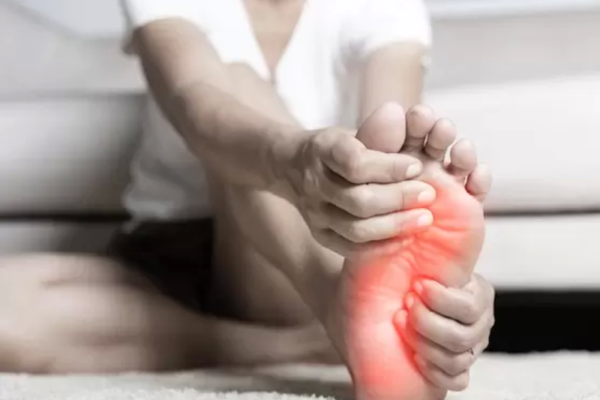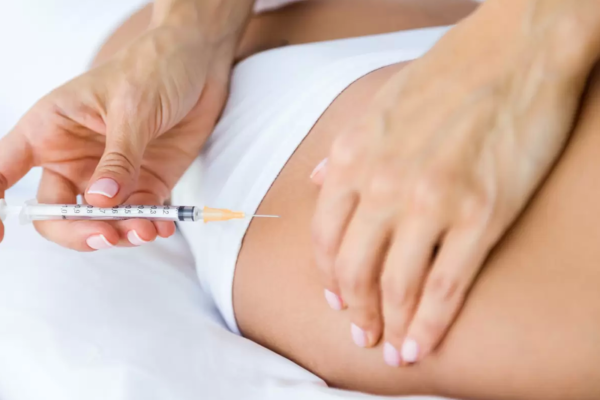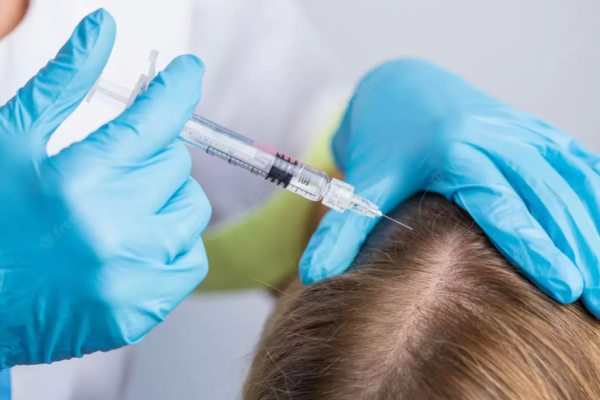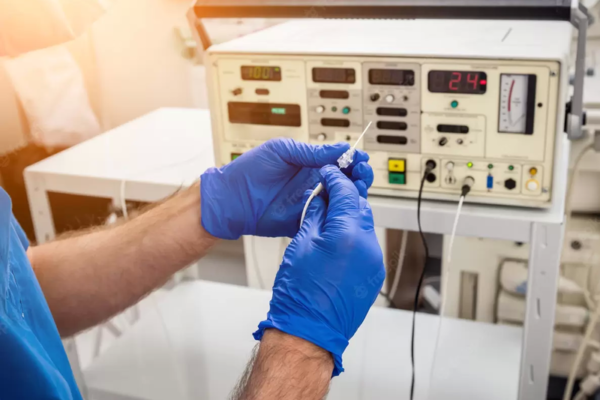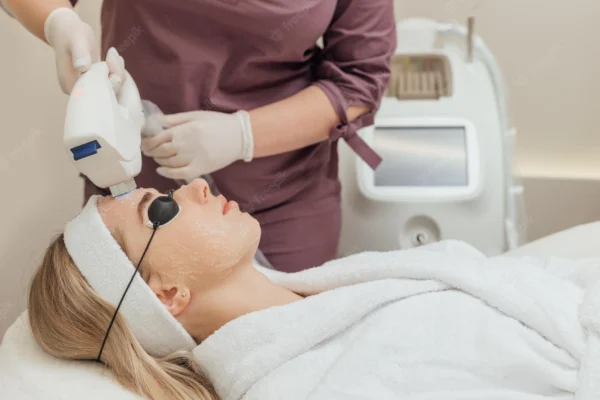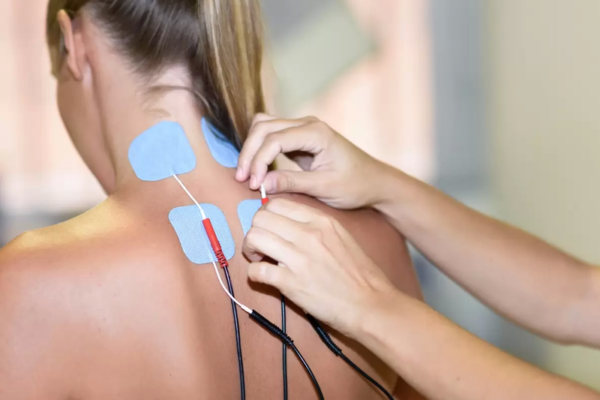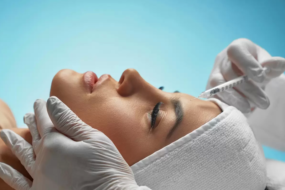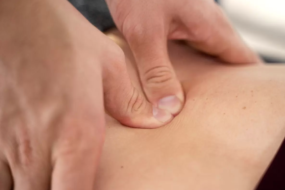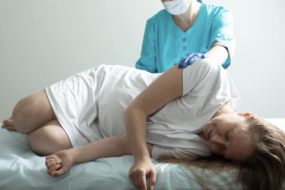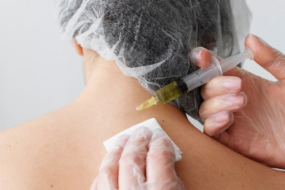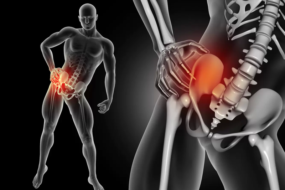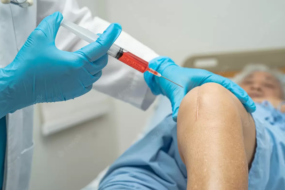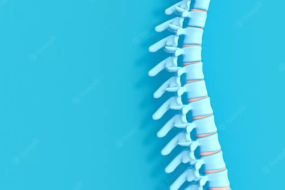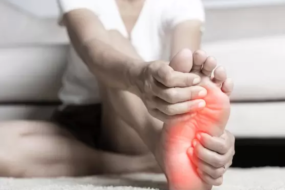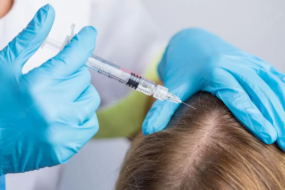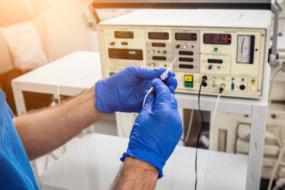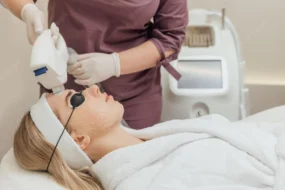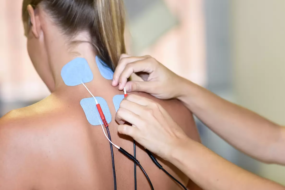Regenerative medicine is an effective way to stimulate new tissue growth to heal chronic injuries and relieve the pain they cause. Platelet-rich plasma (PRP) is one of the safest and most well-established regenerative therapies available. Dr. Andrews, MD, board-certified interventional pain specialist at No Pain, is a leading expert in chronic pain and finds many of his patients benefit from PRP therapy. Find out more by calling the practice today or booking an appointment online.
PRP
PRP Q & A
What is PRP?
PRP is short for platelet-rich plasma, a type of regenerative medicine. Platelets are what help blood clot when you sustain an injury. They also contain powerful cells called growth factors that heal any damage and generate new, healthy tissues.
Dr. Andrews harvests platelets from your blood, taking a sample and then placing into a centrifuge that rotates the blood at high speed to separate out the platelets. He then uses the concentrated platelets in a solution to inject areas in your body that cause chronic pain.
The growth factors in PRP stimulate your body into producing new cells and healthy tissues to replace damaged areas in ligaments, tendons, and other tissues.
What conditions benefit from PRP therapy?
PRP and other types of regenerative medicine are still undergoing extensive research to uncover all their potential applications. Patients with acute injuries that don’t heal the way they should, like muscle strains and damage to tendons and ligaments, report significant improvement following PRP therapy.
PRP is also useful for patients who have joint pain or back pain from injuries or because they have degenerative conditions like arthritis.
One of the advantages of trying PRP is that the platelets come from your own body, meaning there’s practically no risk of side effects or adverse reactions. It’s a very safe form of treatment and well worth considering as an option, particularly when other treatments don’t give you the relief you need.
What happens during a PRP therapy session?
The first step is to take some of your blood, which is just like having a blood test done. When Dr. Andrews has enough blood, he uses the centrifuge to harvest the platelets and injects the PRP directly into the tissues that cause you pain.
The injection can be a little uncomfortable, especially if it’s near certain nerves, but Dr. Andrews gives you a local anesthetic to numb the injection site. To make sure the PRP gets to the right place, Dr. Andrews might use ultrasound techniques to guide the injection’s placement.
After your PRP therapy sessions, you may feel a little sore or achy for a few days, but this usually means the treatment is working. It can take several months for new tissues to grow, but your pain should gradually diminish during that time.
Sometimes a single injection is enough, and sometimes patients need several injections to achieve optimal results. Dr. Andrews advises you on how many sessions you’ll need and monitors your progress after the procedure to see how you’re doing.
To find out more about PRP and how it can help with your pain condition, book an appointment online or give No Pain a call today.
WHAT WE OFFER
Chronic Pain Conditions and Treatments
-
-
-
-
-
-
-
-
-
-
-
-
-
Migraine
Coming Soon. Learn More.
Did you know that?
Donec sed odio dui. Nulla vitae elit libero, a pharetra augue. Nullam id dolor id nibh ultricies vehicula ut id elit. Integer posuere erat a ante venenatis dapibus posuere velit aliquet.
-
-
-
-
-
-
-
-
-
-
-
